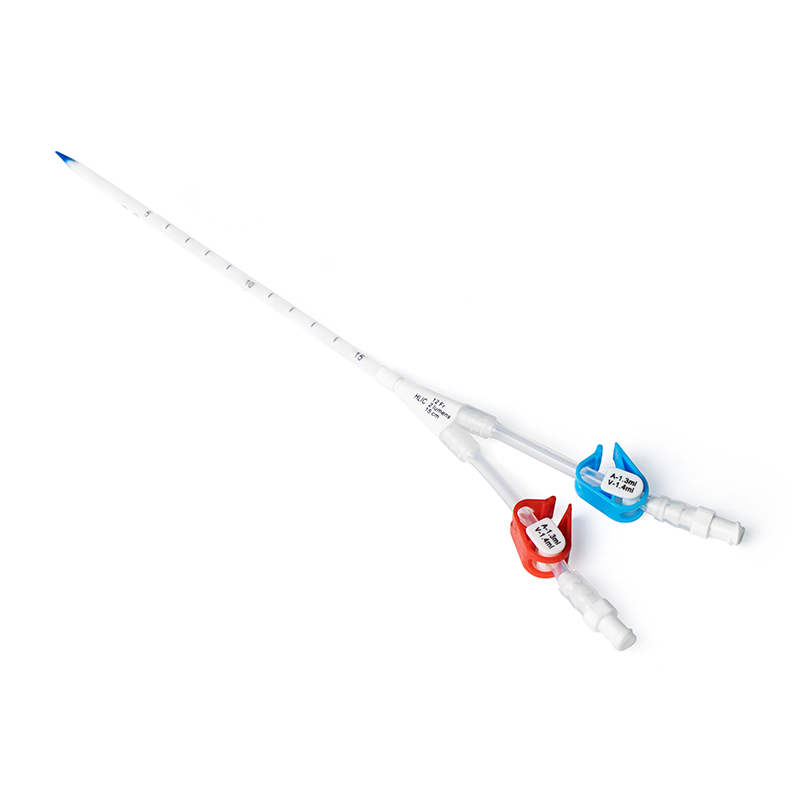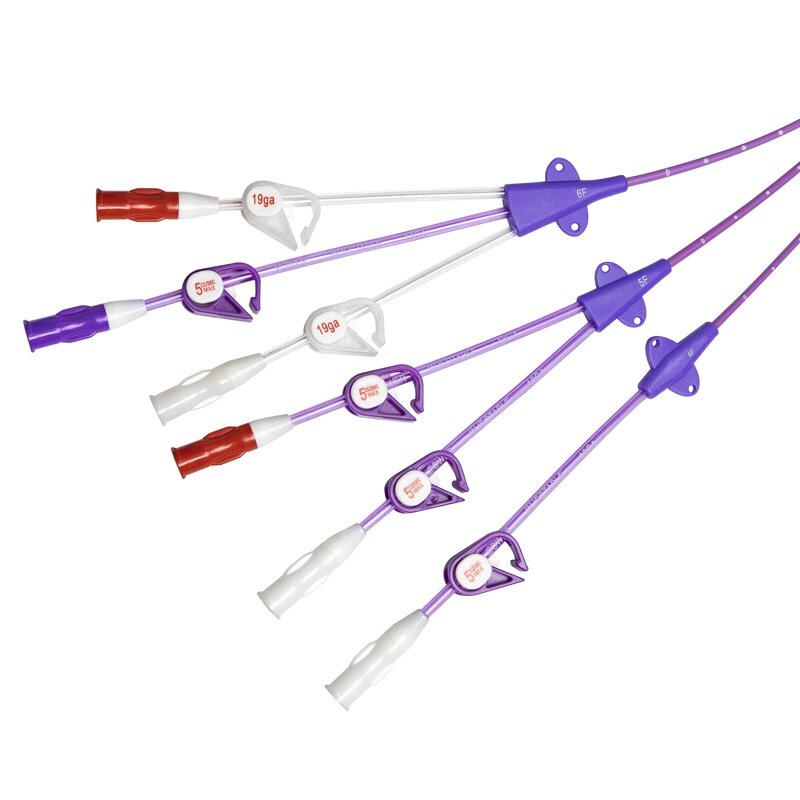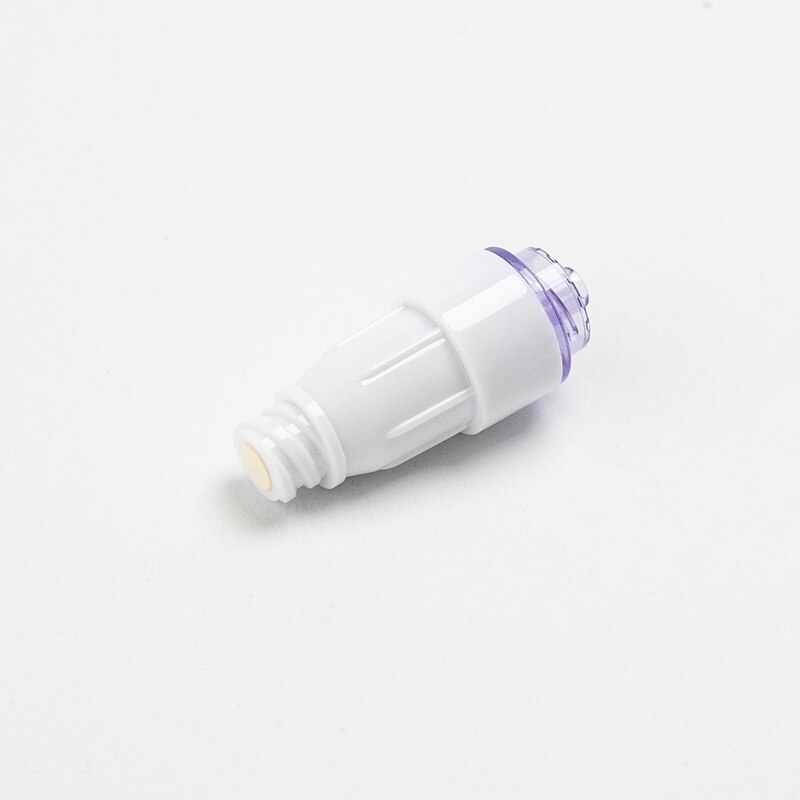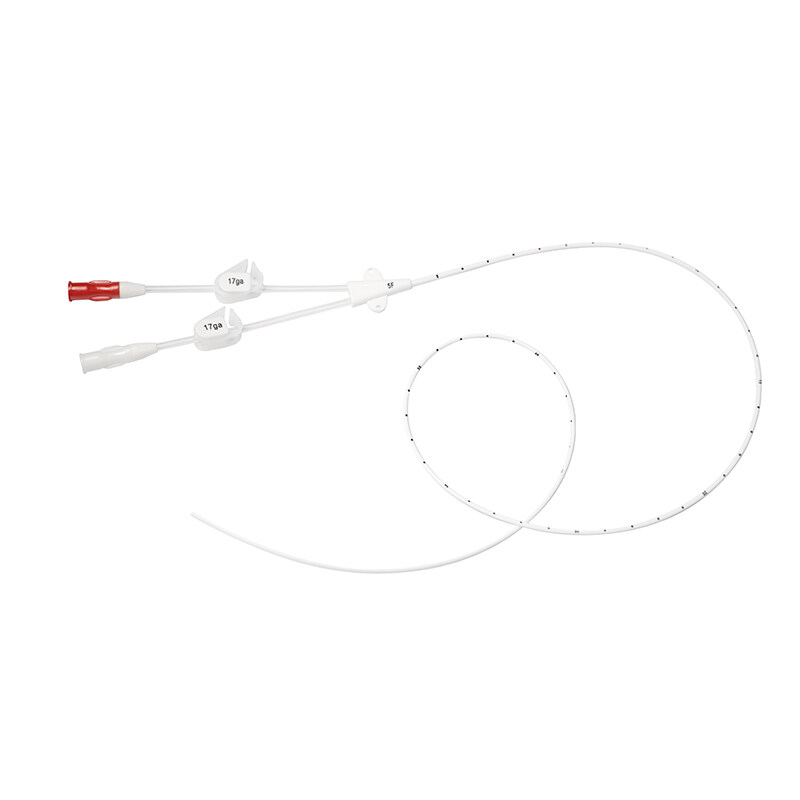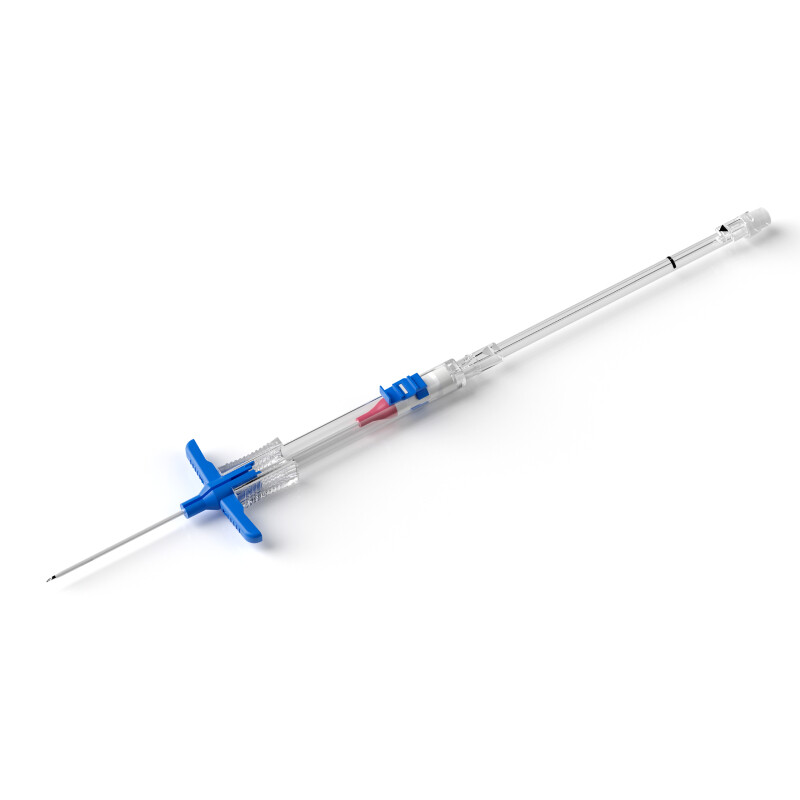Central venous catheter devices are commonly used devices in healthcare settings for various purposes such as long-term administration of medications, parenteral nutrition, and hemodialysis.
However, central venous catheter care nursing is of utmost importance to prevent infections and other complications associated with these devices.
Central Venous Catheter Insertion
When performing central venous catheterization, healthcare providers should use sterile techniques and follow standard precautions to reduce the risk of infection.
In addition, it is also important to use a central venous catheterization kit that is specifically designed for the intended purpose. The central venous catheterization kits contain all the necessary components for the procedure and are designed to reduce the risk of infection and other complications.
Once a central venous catheter is inserted, proper care and maintenance are essential to prevent central venous catheter complications. It includes regular monitoring for signs of infection, checking for any blockages, and ensuring that the catheter is functioning properly.
Central Venous Catheter Precautions
Central venous catheter precautions refer to the measures that healthcare providers should take to prevent complications associated with central venous catheters.
While CVCs are beneficial, they can also pose a risk of complications. Therefore, it is important to take precautions.
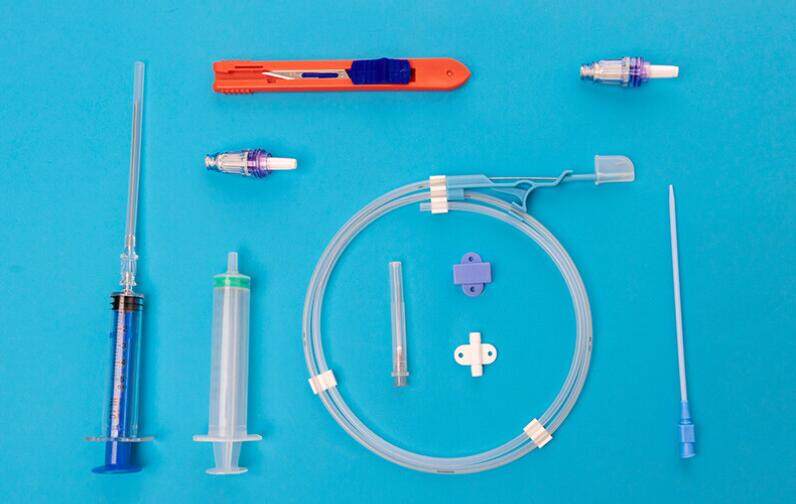
Central Venous Catheterization Kit
How to Prevent Central Venous Catheter Complications?
Central venous catheter complications are largely preventable by taking certain precautions and following proper care and maintenance procedures.
● Proper Insertion Technique
An aseptic technique should be followed during the insertion of the central venous catheter to reduce the risk of central venous catheter infection.
● Central Venous Catheter Placement
The catheter should be placed in a suitable location, and the type of catheter should be selected according to the patient's condition.
● Regular Monitoring
The patient's central venous catheter should be monitored regularly for signs of complications such as infection, thrombosis, and displacement.
● Central Venous Catheter Care
The catheter site should be kept clean and dry to reduce the risk of infection.
● Dressing Changes
The dressing covering the catheter site should be changed regularly if it becomes wet or dirty.
● Flushing and Locking
The catheter should be flushed and locked regularly to maintain patency and prevent infection.
● Hand Hygiene
Healthcare providers should practice good hand hygiene before and after handling the central venous catheter to reduce the risk of infection.
● Catheter Removal
The catheter should be removed as soon as it is no longer needed to reduce the risk of infection and other complications.
In summary, central venous catheter care nursing is essential to ensure the safety and well-being of patients who require these devices. By following proper central venous catheter precautions and using appropriate devices and kits, healthcare providers can minimize the risk of infection and other complications associated with central venous catheterization.

